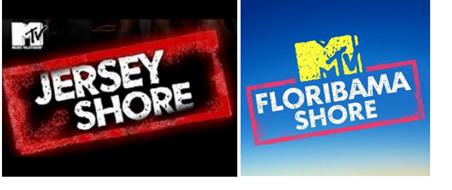On remand from a decision allowing the US District Court for the District of Delaware to continue its probe into who was funding a patent owner’s infringement litigation, the district court denied the patent owner’s motion to withdraw the court’s memorandum explaining why records sought in its prior order were relevant to addressing several concerns. The district court also issued an order to show cause as to why the patent owner should not be sanctioned for failing to produce the records that the court sought. Nimitz Techs. LLC v. Bloomberg L.P., Case No. 22-413-CFC, ECF Nos. 27-28 (D. Del. Dec. 14, 2022) (Connolly, J.)
Nimitz filed a mandamus petition seeking to reverse a district court order that sought litigation funding records from Nimitz. While the mandamus petition was pending, the district court issued a memorandum explaining the relevancy of the records it sought. On December 8, 2022, the US Court of Appeals for the Federal Circuit issued its decision denying Nimitz’s mandamus petition.
On the same day that the Federal Circuit’s decision issued, Nimitz filed a motion in the district court asking the court to withdraw its memorandum. Less than a week later, the court issued an order summarily denying the motion but addressing two matters raised in the motion because those matters had been raised in related actions.
In its motion, Nimitz argued that the court’s disclosure order did not cover limited liability companies because the order referred to “limited liability corporations.” The court rejected the argument, explaining that courts—including the Supreme Court of the United States, the Delaware Supreme Court, the Delaware Court of Chancery and the last four chief judges of the district court itself—routinely refer to limited liability companies as “limited liability corporations.”
Nimitz also sought the judge’s recusal, arguing that the district court had already publicly adjudged Nimitz and its counsel guilty of fraud and unethical conduct. The court rejected Nimitz’s argument, noting that the judge previously stated that the memorandum purposefully did not repeat his concerns “about counsel’s professionalism and potential role in the abuse of the Court because I have made no definitive conclusions about those issues, and I did not want to unnecessarily embarrass counsel.” The court, therefore, denied the motion.
The district court separately issued an order to show cause why Nimitz should not be sanctioned for failing to produce the litigation funding documents sought by the court. The court noted that the Federal Circuit denied the mandamus petition on December 8, and as of December 14, Nimitz had not produced any documents or asked for an extension of time to produce documents. Nimitz filed a response on December 21 arguing that the district court proceeding remained stayed until the Federal Circuit issued a mandate. Nimitz also argued that it is seeking further appellate review of the district court’s order and cannot produce the requested documents because it would moot the further appeal.
read more

 Subscribe
Subscribe




